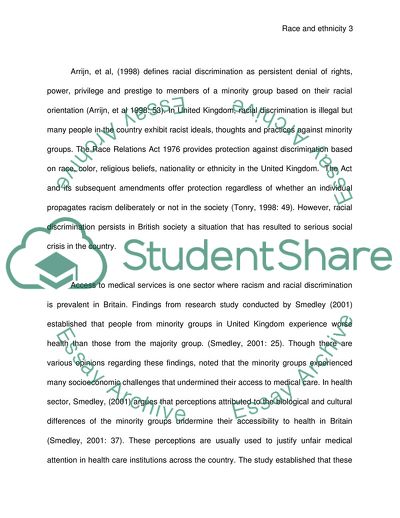Cite this document
(The Extent of Racism and Racial Discrimination in Britain Case Study, n.d.)
The Extent of Racism and Racial Discrimination in Britain Case Study. Retrieved from https://studentshare.org/social-science/1749087-race-and-ethnicity
The Extent of Racism and Racial Discrimination in Britain Case Study. Retrieved from https://studentshare.org/social-science/1749087-race-and-ethnicity
(The Extent of Racism and Racial Discrimination in Britain Case Study)
The Extent of Racism and Racial Discrimination in Britain Case Study. https://studentshare.org/social-science/1749087-race-and-ethnicity.
The Extent of Racism and Racial Discrimination in Britain Case Study. https://studentshare.org/social-science/1749087-race-and-ethnicity.
“The Extent of Racism and Racial Discrimination in Britain Case Study”. https://studentshare.org/social-science/1749087-race-and-ethnicity.


